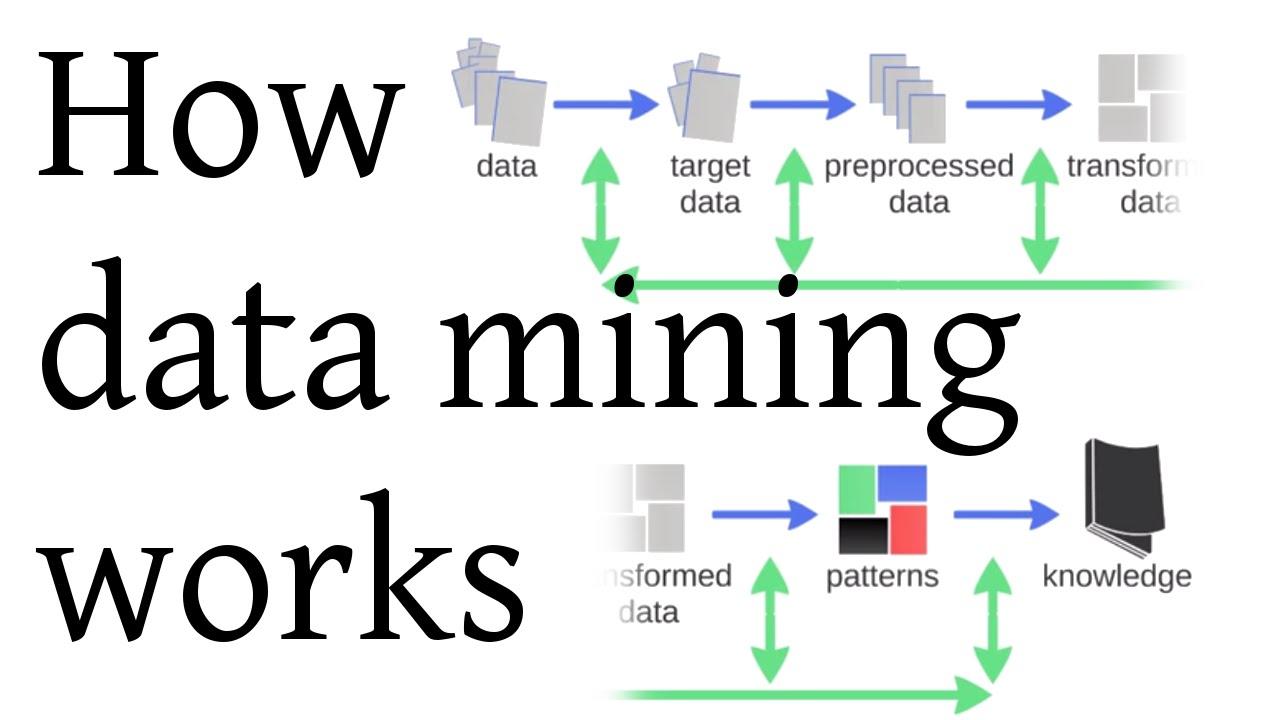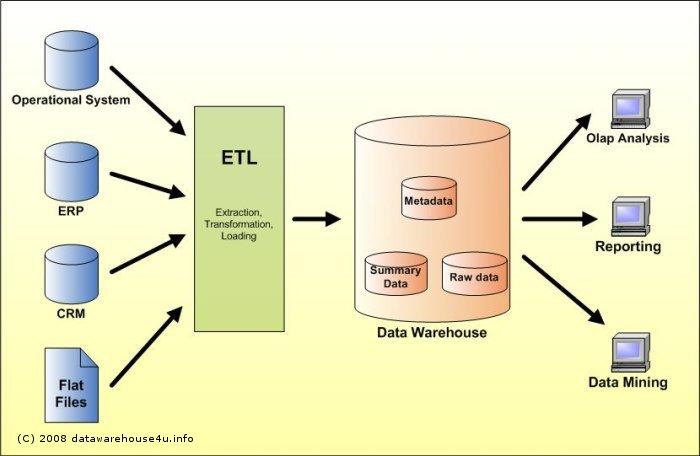Introduction
Artificial intelligence basically refers to the intelligence that is created in the software or machines by mankind. Over the last three decades, the field of research on robots and software has resulted in explosion of artificially intelligence machines. For instance, across the globe, there are machines that can think, read, and react within the confines of programs installed in them. The artificial intelligence machines are slowly but steady replacing the roles of the often slow and unpredictable mankind in all spheres of life (Sarriera 31). This analytical treatise attempts to explicitly review the positive effects that artificial intelligence brings to business in terms of strategic business management.
Scope of artificial intelligence
The term attributed to artificially intelligence machine is cyborg, or a contraction of a “cybernetic organism” with the original function of incorporating machines into human processes to gather, store, and transfer activities to make the functions more efficient and fast. In order to make the machines more effective in their functions, which include supplementing or augmenting human capabilities whether physical or mental, such machines have “self-regulating system” called the artificial intelligence (Artis Consulting par. 9).
The machines have benefits such as managing big data, introducing and reinforcing the aspect of efficiency in production, accurately predicting current and expected level of productivity, and reducing the cost of labor by a substantial percentage.
Benefits of the Artificially Intelligent Robots
Many businesses across the globe are currently facing the imminent losses as a result of inability to effectively and efficiency manage the production processes, track and utilize large business data, and control the spiraling cost of factors of production such as labor. It is basically the nature of mankind to avoid losses by all means possible, even if it means using other forms of production and cost-tracking.
The introduction of the robotics in the business environment has come with tremendous and admirable achievements, especially in terms of data management and balancing different factors of production against efficient bundles of process efficiency. For instance, robotics in strategic process management has grown exponentially, so that “we are going to be a hybrid of biological and non-biological intelligence” and “there won’t be a clear between humans and machines” in business management (Transcendent Man, scene 3).
Practical Example: Robotics in Data Management Intelligence
Since companies are currently facing the challenge of organizing data to define the market performance insights, especially in the foreign operations, they should introduce a data mining tool such as the Intelligence Miner to facilitate robotic data management. The dynamic aspects of data mining, with the support of the Intelligent Miner, might be instrumental in revealing powerful insight into the performance and efficiently of the company through different success indicators as summarized in figure 1 below. For instance, the “descriptive and predictive modeling provide insights that drive better decision making” (Artis Consulting par. 15).
This means that such a company will be in a position to “streamline the data mining process to address the challenge of developing models quickly, understanding key relationships, and finding the patterns that matter most” (Sarriera 74). This translates into the company’s efficiency since growth in decision-making complexity and information accessibility will result in the need to align data systems, which are logically based with technologies that support the decision-making process.

Built with scale-out hardware and software that can load data into RAM, PCI-based flash, or disk, Oracle delivers the most efficient and industrial-strength offering for instant insights” in carrying out robotic surveys (Sarriera 78). This will enable the company to not only deploy a data warehouse, but also maintain the warehouse in an efficient manner. As a result of the automation, a company will be in a position to implement automation, speed, and agility of the data warehousing strategy in tracking the automated data management and feedback tracking as summarized in figure 2 below.
This means that such a company will gain from the Teradata mining technology, which helps in solving business problems through “merging highly scalable hardware, and a world-class paralled database” (Artis Consulting par. 15). Thus, the company might make use of products such as Teradata database, Teradata Platform family, and Teradata consultancy services to improve on the results of text mining analytics.

Through integration of the data mining, text mining and data warehousing, the interested firm will be in a position to monitor all its business processes in an efficient and effective manner. These software tools are gaining popularity and their incorporation into user systems is increasing (Artis Consulting par. 9). The systems provided by these software tools motivate the evolution of conventional business intelligence decision-making procedures from the robotic surveys.
Conclusion
In summary, the improved characteristics of business intelligence systems, coupled with constant accessible support through robotic survey, cab create considerable technological benefits for a company’s organizational decisions. For instance, through mobile technology, the management of a company will be in a position to easily access live feeds and monitor or enhance collected information, which may be a part of the decision-making process.
Works Cited
Artis Consulting. Structured and Unstructured data. 2015. Web.
Sarriera, John. Connecting the Selves: Computer Mediated Identification Processes: Critical Cyber-Culture Studies, New York, NY:New York University Press, 2007. Print.
Transcendent Man. Perf. Tom Abate, Hugo De Garis, Raymond Kurzweil, Docurama Films. 2011. Film.